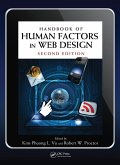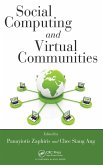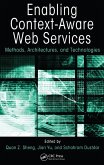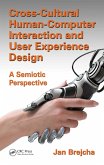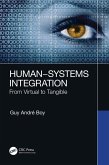The book continues the conversation about the evolution of usability, asking how we can design and evaluate these complex systems and the complex work they support. It describes and analyzes approaches to teaching, testing, analyzing, or managing usability studies-approaches that involve technical communicators making novel contributions to how we think about and evaluate increasingly complex systems. The book contains case studies on different types of complexity, including:
- A complex work environment, requiring collaboration among different people or a goal sustained over time, and often in the face of distractions, interruptions, and planned pauses
- A complex information context, one with no single answer, where the data changes dynamically or where the best answer may rely on other aspects of a fluid environment
- A complex technology, in which people use many different applications in their work and collaboration
- A complex topic, requiring advanced technical or domain knowledge
Even systems that seem simple are, in fact, complex. The shopping interface for an e-commerce system may not be complex, but the databases, business processes, and logistics behind it certainly are. The examination of different aspects of designing and examining complexity presented in this book brings you a step further in developing a deeper understanding of what it takes to make complex systems work.
Dieser Download kann aus rechtlichen Gründen nur mit Rechnungsadresse in A, B, BG, CY, CZ, D, DK, EW, E, FIN, F, GR, HR, H, IRL, I, LT, L, LR, M, NL, PL, P, R, S, SLO, SK ausgeliefert werden.



